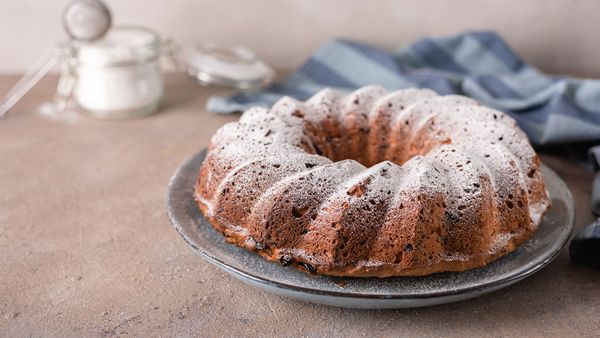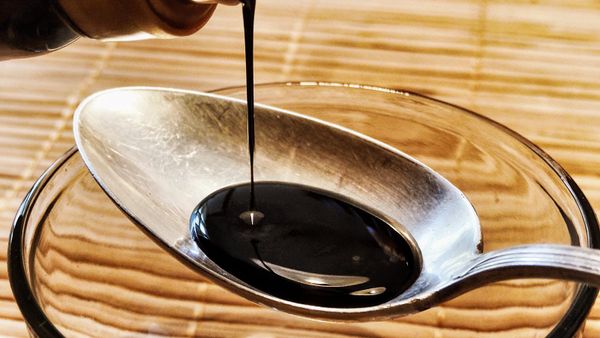
Some people think the color is the only difference between white and brown sugar. Or that brown sugar is just white sugar with less refining in it. But there's another ingredient to consider: molasses.
When the juice of the sugar cane or sugar beet is extracted and heated, the result is a brown syrup called molasses. White sugar is made by using a centrifuge to remove the sugar crystals from the molasses. The sugar is further processed until all the molasses is extracted.
Advertisement
Brown sugar is created in one of two ways: Either molasses is added back to white sugar, or else the original sugar is only partially processed so that some of the original molasses still remains. It's the molasses that gives brown sugar its rich color, plus a small bit of extra nutritional value. If brown sugar is left exposed to the air, the moisture in the molasses will dry out and cause the brown sugar to harden and clump.
So, which should you use? A lot depends upon the recipe and your taste. Since brown sugar has more moisture than white, it's best in baked goods that are soft and dense, like fruitcake or gingerbread cookies. It also has a richer flavor. White sugar, in contrast, works well in baked goods that need to rise, like soufflés and meringues. It's also sweeter, with a more neutral taste palette.
If a recipe specifies one type of sugar over another, it's best to stick with that as the moisture content could affect how the baked good turns out. If no specific sugar is listed in the recipe, then feel free to experiment. If a recipe calls for brown sugar and all you have is white, you can use 1 cup of white sugar plus 1/4 cup of molasses for light brown sugar, and 1 cup of white sugar plus 1/2 cup of molasses for dark brown sugar, according to Fine Cooking.
Here are the different types of white and brown sugar, as listed by the Sugar Association. Some of these forms are created specifically for the food industry and are not normally available in grocery stores.
Advertisement

